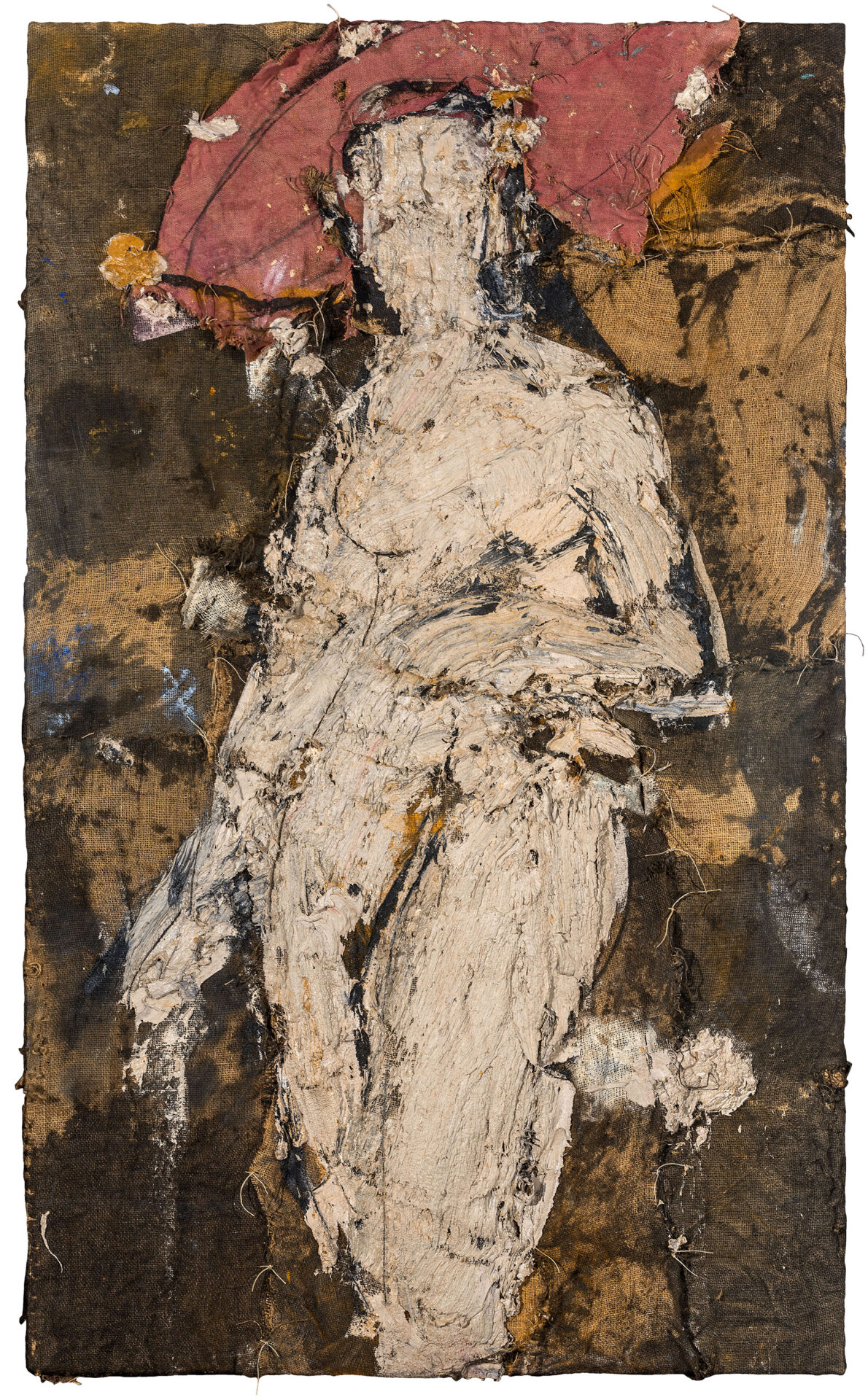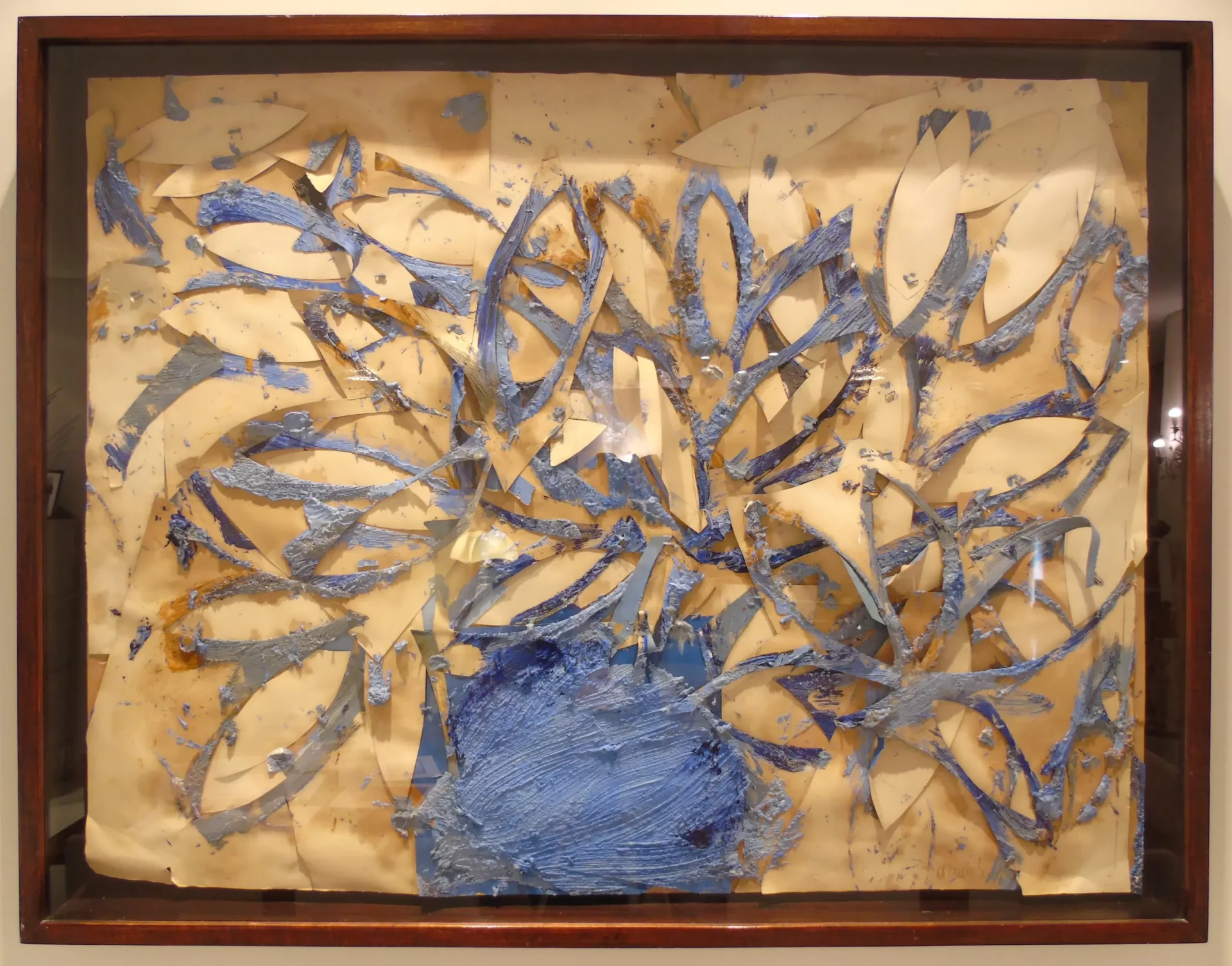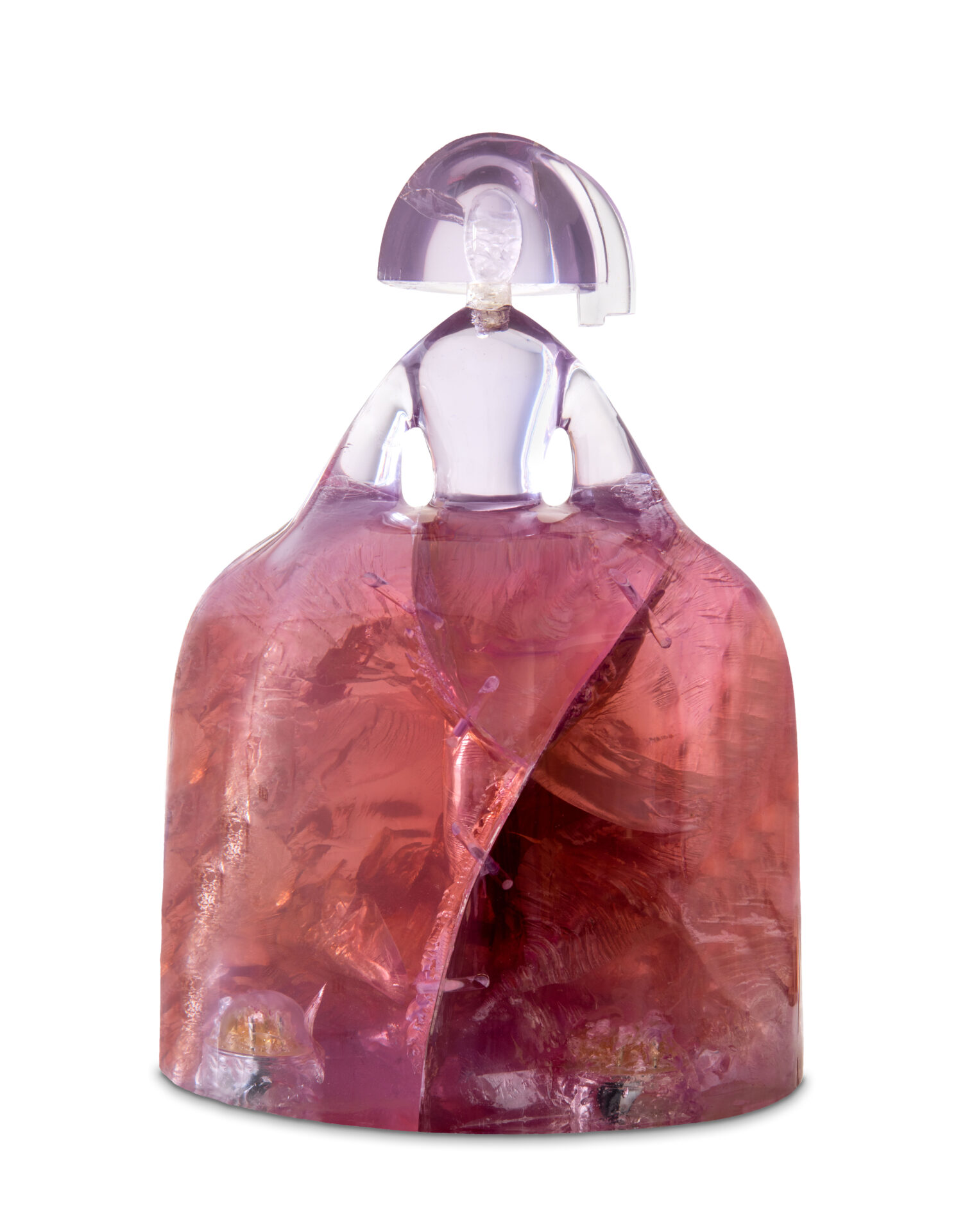If we had to highlight two major references as a constant source of inspiration in the work of Manolo Valdés, they would be, firstly, the dialogue he has established throughout his career with the History of Art and, secondly, New York city – where he has lived since 1988.
“Eating things to keep them alive.” This statement by Picasso perfectly sums up Valdés’ attitude towards the History of Art, as he has made this relationship with the past the central focus of his creation, as we can see in the many works that have taken their inspiration from the great masters such as Velázquez, Ribera, Matisse and Picasso himself. He has viewed these works throughout his life on his regular visits to museums such as the Prado in Madrid and the Metropolitan Museum in New York. This was already evident in his early days as a member of Equipo Crónica, a group of artists who began their career in Spain in the 1960s and who developed their own style. This had some of the characteristics of pop art but with its own unmistakable features, such as social criticism and a focus on the artists of the Golden Age of Spanish painting.
Valdés recalls one of his first visits to New York and the effect that what he saw there had on his work: “I came across a work by Rauschenberg that had some boats hanging on it, and I came across a Rauschenberg with a stuffed chicken in it. So, I asked myself, what are we talking about? It turns out that there are artists who don’t paint with paint tubes and I saw Soulages who threw a bucket of black paint on the canvas and spread it about with a piece of wood, and I realised there are people who don’t paint with a paintbrush. Then I discovered materials at the same time as I discovered freedom because I realised that there were no rules because you set the rules yourself. And since then, I have had a great passion for materials. I make them for myself, as many people do. I make my own oil. When I want a stain to spread, I put in more oil. When I want the pigment to be purer, I prepare it in a different way. I work with wood and look for wood that suits me because of its colour or its weathering as well as its shape. I am very interested in materials “1.
The physical centre of his studio in New York, the city where he has lived since 1988, is the place where Manolo Valdés works on his large-scale paintings, surrounded by boxes that are full of painted pieces of wood and were previously filled with pieces of coloured cloth. These works, like those on hessian, also contain large globs of pigment, patches of paint, marks of cans on the paint… the fact is that as Valdés himself explains, discovering the great American masters changed his understanding of art: “Pollock taught me that a drop can be accepted and can be interesting and important, so when a drop falls on me I’m no longer afraid to wipe it off.”
This looking towards the past has been combined with the gaze he directs every day at his most immediate surroundings, and it is there that the city of New York has assumed great importance. Valdés tells how he once saw some butterflies while walking in Central Park which reminded him of some by Matisse, and from then on he began to find butterflies in other paintings in the Metropolitan Museum, in the shop windows of Madison Avenue and on the scarves worn by the ladies he passed on Fifth Avenue. Valdés is a veritable hunter of images who incorporates almost everything he sees into his work.
Those butterflies dominated much of the exhibition that the Hortensia Herrero Foundation organised at the City of Arts and Science in Valencia in 2017. It was a show at which visitors could vote on which of the six monumental sculptures was their favourite. The winner was La pamela, followed by Mariposas and Mariposa. Hortensia Herrero decided to donate the first to the city of Valencia and the other two to Castellón and Alicante respectively.
However, Hortensia Herrero’s relationship with Manolo Valdés went back a long way, as he was one of the first artists to be included in a collection that contains a large number works by him. Outstanding among these are some of his iconic sculptures of Las Meninas and paintings in which we can find references to great artists such as Cranach and Matisse as well as fans and still lifes.


